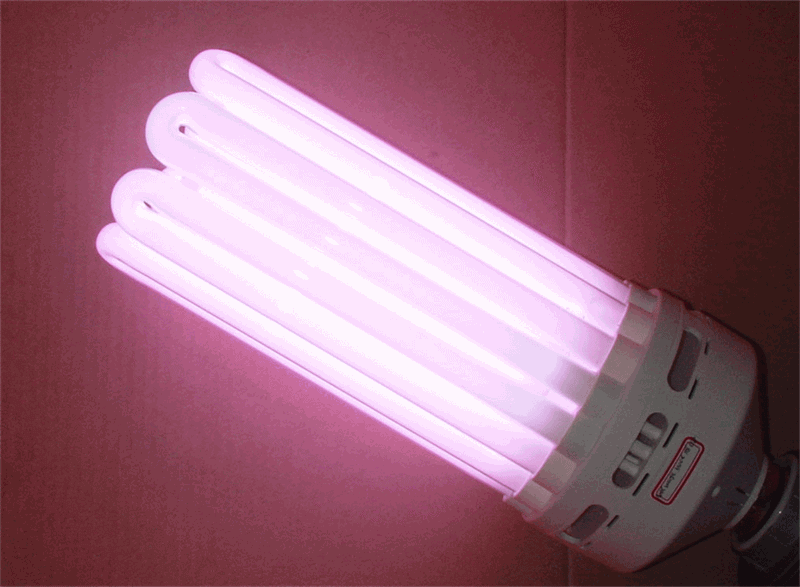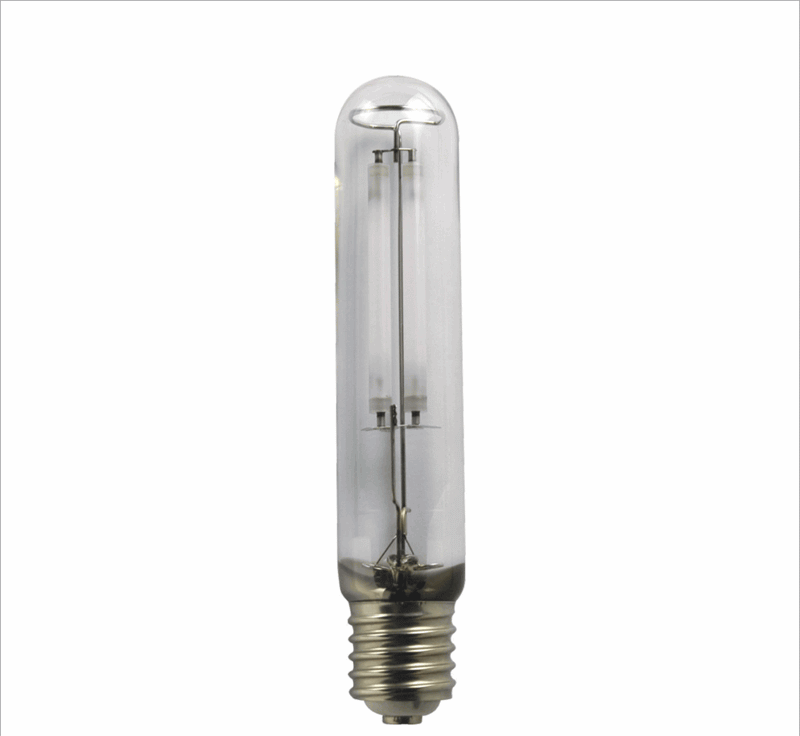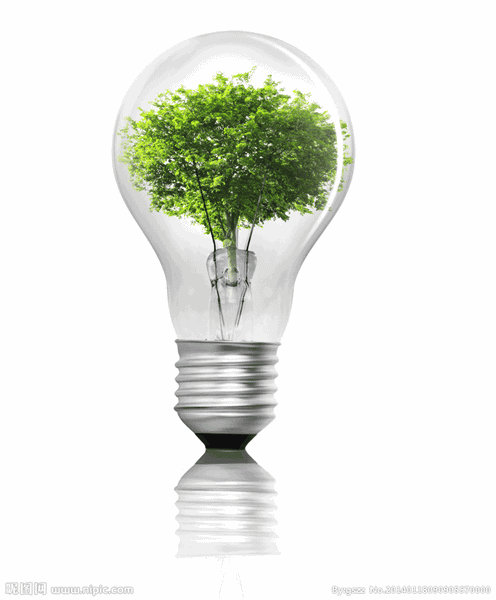In modern plant production systems, artificial lighting has become an important means of efficient production. The use of high-efficiency, green and environmentally friendly LED light sources can solve the constraints of the unlight environment on agricultural production activities, promote the growth and development of plants, and achieve the purpose of increasing production, high efficiency, high quality, disease resistance and pollution-free. Therefore, the development and design of LED light sources for plant lighting is An important subject of artificial light plant cultivation.
● The traditional electric light source is poorly controlled, unable to adjust the light quality, light intensity and light cycle according to the needs of plants, and it is difficult to meet the practice of plant lighting and the environmental protection concept of lighting on demand. With the development of high-precision environmental control plant factories and the rapid development of light-emitting diodes, it provides an opportunity for artificial light environment control to gradually move towards practice.
● Traditional light sources for artificial lighting are usually fluorescent lamps, metal halide lamps, high-pressure sodium lamps and incandescent lamps. The disadvantages of these light sources are high energy consumption and high operating costs. With the rapid development of optoelectronic technology, the birth of high-brightness red, blue and far-red light-emitting diodes has made it possible to apply low-energy artificial light sources in the agricultural field.
Fluorescent lamp
● The luminescence spectrum can be controlled relatively easily by changing the formula and thickness of the phosphor;
● The luminescence spectrum of fluorescent lamps for plant growth is concentrated in 400~500nm and 600~700nm;
● The luminous intensity is limited, and it is generally used in applications where low light intensity and high uniformity are required, such as multi-layer racks for plant tissue culture;
HPS
● High efficiency and high luminous flux, it is the main light source in the production of large-scale plant factories, and is often used to supplement light with photosynthesis;
● The proportion of infrared radiation is large, and the surface temperature of the lamp is 150~200 degrees, which can only illuminate plants from a long distance, and the light energy loss is serious;
Metal halide lamp
● Full name metal halide lamps, divided into quartz metal halide lamps and ceramic metal halide lamps, distinguished by different arc tube bulb materials;
● Rich spectral wavelengths, flexible configuration of spectral types;
● Quartz metal halide lamps have many blue light components, which are suitable for the formation of light forms and are used in the vegetative growth stage (from germination to leaf development);
Incandescent lamp
● The spectrum is continuous, in which the proportion of red light is much higher than that of blue light, which may cause intervening growth;
● The photoelectric conversion efficiency is very low, and the heat radiation is large, which is not suitable for plant lighting;
● The ratio of red light to far-red light is low. Currently, it is mainly used to control the formation of light morphology. It is applied to the flowering period and can effectively adjust the flowering period;
Electrodeless gas discharge lamp
Without electrodes, the bulb has a long life;
● The microwave sulfur lamp is filled with metal elements such as sulfur and inert gases such as argon, and the spectrum is continuous, similar to sunlight;
● Higher light efficiency and light intensity can be achieved by changing the filler;
● The main challenge of microwave sulfur lamps lies in the production cost and the life of the magnetron;
LED lights
● The light source is mainly composed of red and blue light sources, which are the most sensitive light wavelengths for plants, which enable plants to produce the best photosynthesis and help shorten the growth cycle of plants;
● Compared with other plant lighting lamps, the light line is gentler and will not scorch seedling plants;
● Compared with other plant lighting lamps, it can save 10%~20% of electricity;
● It is mainly used in close-distance and low-illumination occasions such as multi-layer group breeding racks;
● The research of LED used in the field of plant lighting includes the following four aspects:
● LEDs are used as supplementary light sources for plant growth and development.
● LED is used as the induction lighting for plant photoperiod and light morphology.
● LEDs are used in aerospace ecological life support systems.
● LED insecticidal lamp.
In the field of plant lighting, LED lighting has become a "dark horse" with its overwhelming advantages, providing photosynthesis to plants, promoting plant growth, reducing the time it takes for plants to bloom and fruit, and improve production. In modernization, it is an indispensable product for crops.
From:https://www.rs-online.com/designspark/led-lighting-technology
Post time: Feb-02-2021







